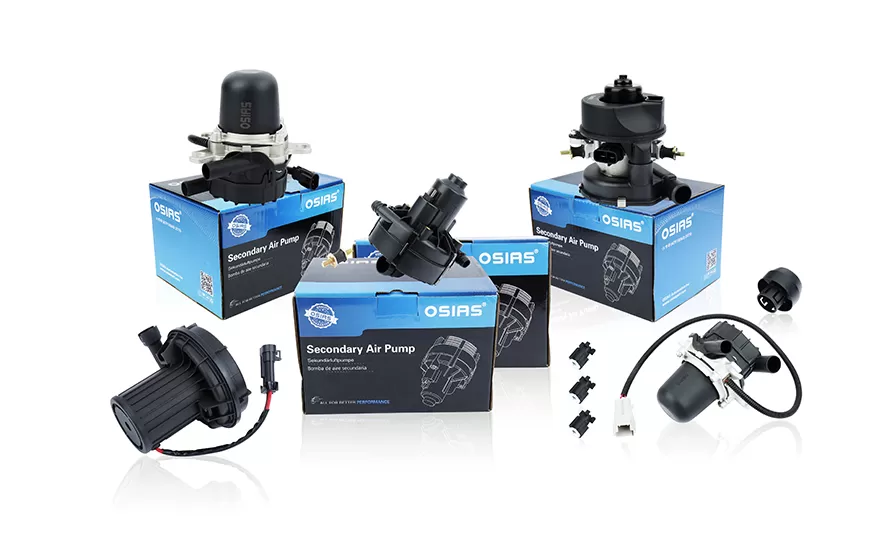
When building vehicles, all car enthusiasts make sure that there includes a fuel injection system comprising of state-of-the-art fuel strainers, a fuel pressure regulator, and a high-flow fuel pump to ensure optimal car performance, but there is another component that is vital to a car, but people choose to neglect: the smog pump system.
This car part is located within the exhaust system and is found within newer car models, especially within vehicles involved with Powersports due to the part’s functionality.
Let us discuss this in greater detail as we understand what the smog pump is and its contribution to the car’s exhaust system in greater detail. We will also be discussing how a smog pump works as well.
Understanding The Smog Pump
Developing a foundation is essential to understand the basics, so let us look at the smog pump and its functionality before getting into the details.
Also known as secondary air injection, the smog pump is normally found within vehicles recently launched into the market and is a successor to the belt-driven pump that used to come within the exhaust system of vehicles.
As the automotive industry was going through many advancements in fuel efficiency and higher performance, the next step car manufacturing companies wanted to take was addressing the environmental factors of a vehicle, specifically the alarmingly high emissions a car releases.
A study by the EPA concluded that an averagely sized car could produce up to 4.6 tons of carbon dioxide.
These emissions are incredibly harmful to the environment and are one of the leading causes of pollution and global warming.
Manufacturers developed the smog pump system to address this rising problem to make cars more environmentally friendly. The main function of this pump is to reduce the pollutants which are released by the car through its exhaust system to decrease the carbon footprint of a vehicle.
How Does It Work?
The smog pump is located within the vehicle's exhaust system, and its main function is to pump clean oxygen into the exhaust chamber as the gas is leaving through the manifold.
Not only does this help reduce harmful gas emissions, but introducing clean air during combustion also allows the gas to burn more efficiently.
How it works is that the pump introduces clean oxygen at the point where the involved gases are at their hottest, enabling all the harmful hydrocarbons to be burned as they are heading toward the tailpipe.
As a result, the catalytic converter within the system can remove pollutants much more effectively, leading to fewer toxic gases emitted by the vehicle.
The smog pump is located within the vehicle's exhaust system because it is at the point where the exhaust gas exits the vehicle through the combustion chamber and is the hottest.
Is It Necessary?
In essence, the smog pump's job is to intercept the toxic gases at their hottest point before they release and burn any harmful gases left over so that they can be processed and removed easily.
Due to its function, governments in many countries have made removing this pump illegal as part of their policies regarding the emission standards of a vehicle.
Even though the absence of this part will not affect the overall performance of the vehicle, it does have a major effect on the quality of the air produced, which is why the government is so adamant about installing it within cars.
Furthermore, it is strongly advised to have a smog pump installed as driving a vehicle that does not contain the pump can be hazardous at times as well because it affects some aspects of the driving experience and has influence over the power of the vehicle as well, increasing the likelihood of causing road accidents.
It is due to this loss of power that many vehicles involved with Powersports prioritize a smog pump along with the Yamaha fuel pump, Kawasaki mule fuel pump, Hayabusa fuel pump, or any other external fuel pump present within their vehicle so that their cars run smoothly and do not lose power.
Signs of a Failing Smog Pump
The smog pump is beneficial for the prevention of global warming and works in conjunction with the OSIAS E85 fuel pump, which is why the pump impacts the fuel consumption rate.
Although a spike in fuel consumption is a sign that is easy to identify when a smog pump is failing, other symptoms can allow you to identify a failing fuel pump in its early stages to get it changed before the problem progresses too much.
The Check Engine Light
One of the most common signs of a smog pump not working properly is that the check engine light might turn on.
This light coming on is a way for your car to inform you that there is a possible problem within the engine that needs to be addressed, and there is a possibility of the engine troubles being traced back to a failing smog pump.
A failed Converter
The smog pump is connected to the catalytic converter. This is why the converter itself not functioning properly is a sign that your secondary air pump is failing. If you feel your car has been suffering in terms of power, this may be due to a failing catalytic converter and smog pump.
Sluggish Performance
The loss of power in a vehicle influences many elements of vehicle performance, such as acceleration. If you feel like the acceleration of your car has dropped and that the pickup has reduced, it may occur due to the smog pump not supplying oxygen as properly as it should.
Conclusion
The smog pump is an essential part of the exhaust system, and its presence is necessary to ensure certain regulations are being met and optimal car performance.
Tags: smog pump


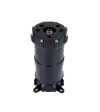
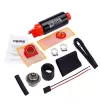
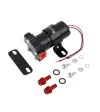


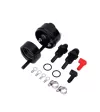
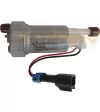



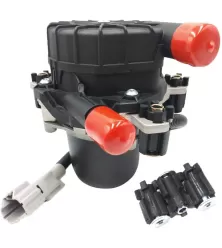
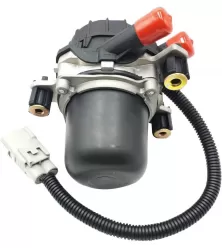
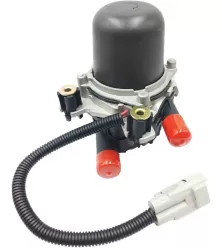
Write a comment